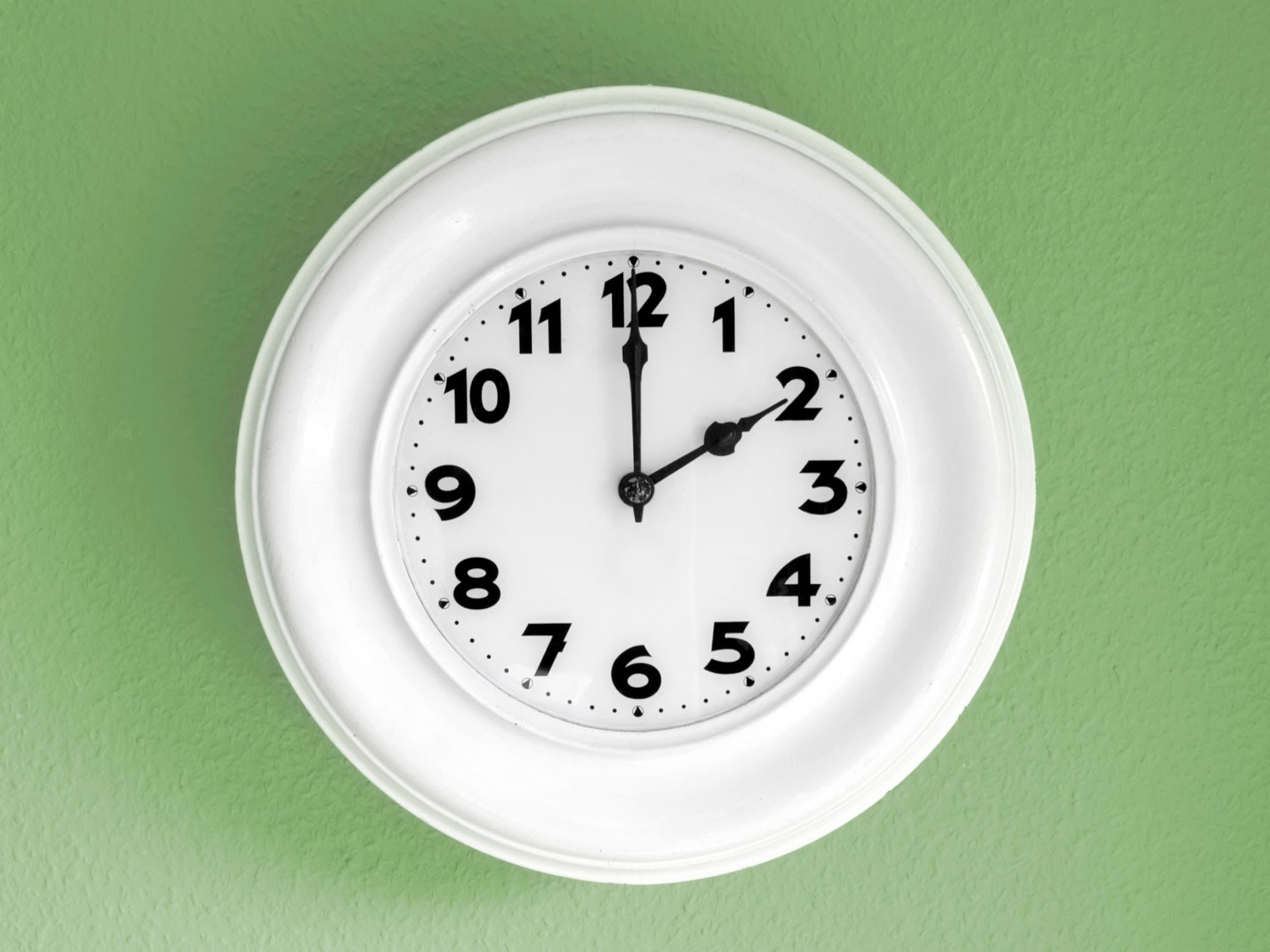Does Daylight Saving Time Really Save Energy?

Every year, we move the clock forward an hour in spring and back again to standard time in the autumn. How is changing the clock supposed to save energy?
The idea behind Daylight Saving Time (DST) is to provide us with an extra hour of daylight in the evening, giving us the opportunity to spend more time outdoors. When we spend more time outdoors, we tend to use less energy for lighting, watching television or operating appliances.
That all sounds good, but does it really work?
What research says about Daylight Saving Time
Although DST has been in use for decades as a way to conserve energy, its effectiveness has been difficult to prove. Early research focused mostly on lighting and found some energy savings. Later studies on the impact of DST, however, included wider energy use patterns and produced mixed results.
- A U.S. Naval Observatory study found that northern states save some energy while southern states saves less.
- A report by the National Bureau of Economic Research found that while lighting energy use decreased, the savings were offset by increases in heating and cooling demand.
- A 2014 study published in the Journal of Economic Behavior & Organization confirmed earlier findings — DST does little to conserve energy and may even increase energy use overall.
The lack of solid evidence supporting DST as an energy-saving measure may be due to inconsistencies in study methods and lifestyle changes since it began. Lighting is much more efficient, and overall energy-use patterns are more complex, since DST was standardized in 1966. It’s likely the growing use of computers and electronics has reduced the energy-saving impact of changing the clocks.
Recently, there’s been debate over whether to end Daylight Saving Time or even extend it year-round. Future research will be helpful in weighing its cost and benefits and comparing it with other energy conservation methods.



